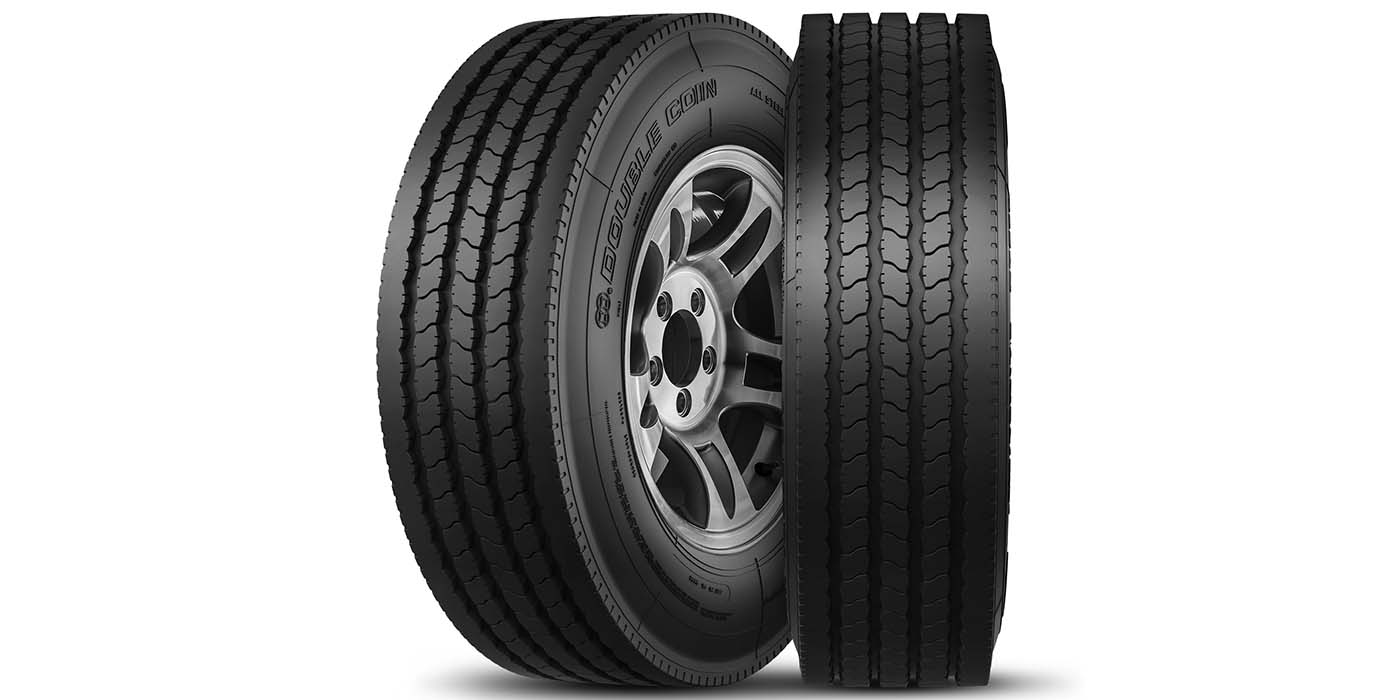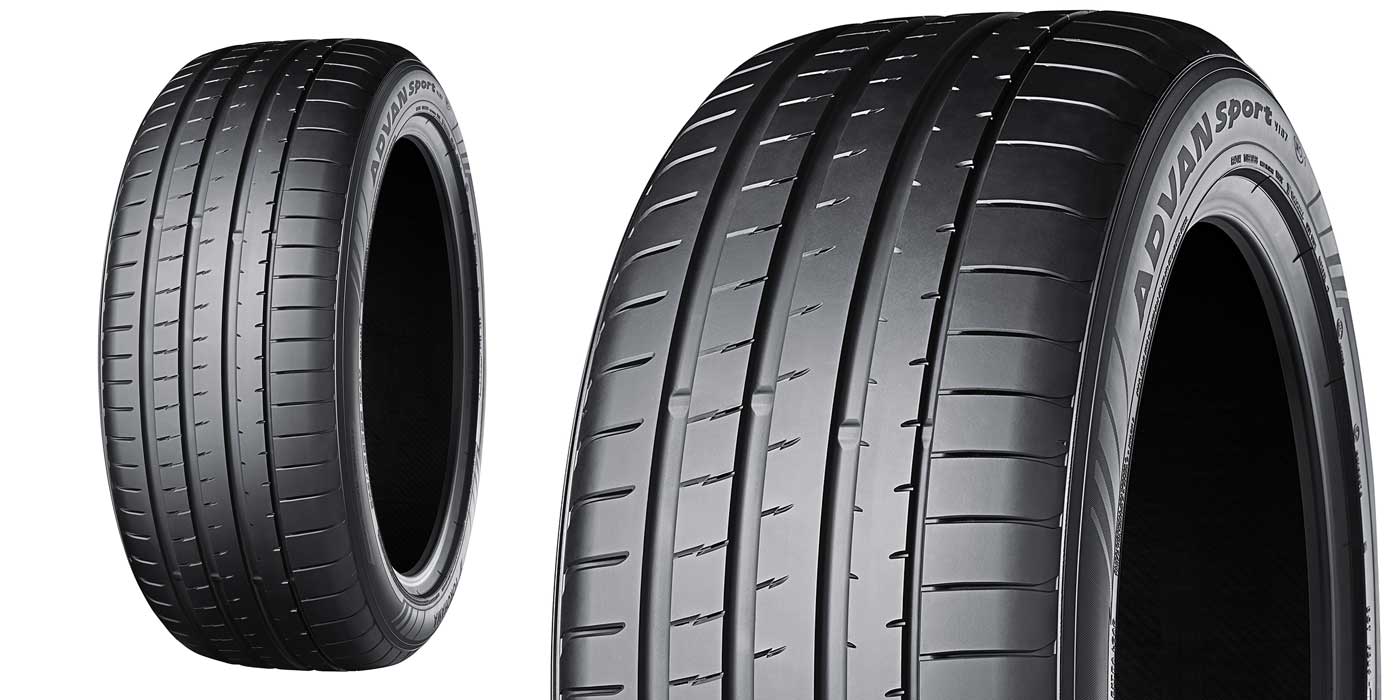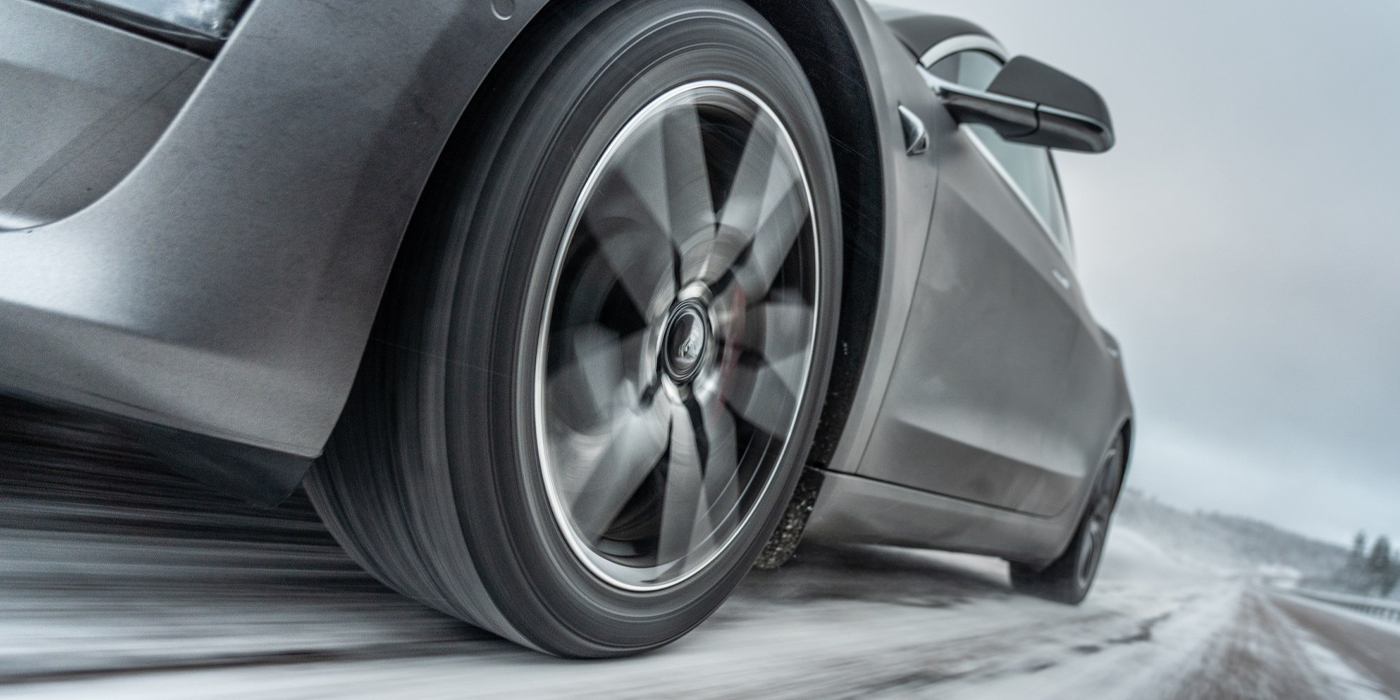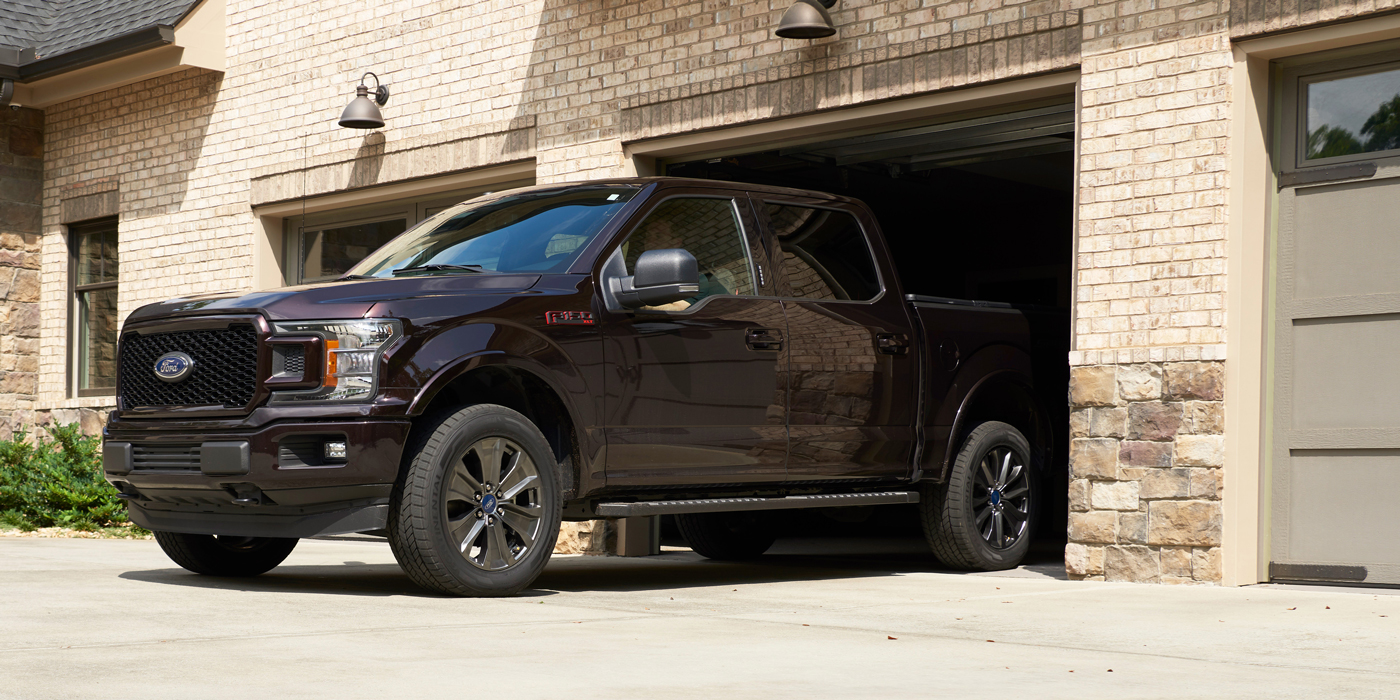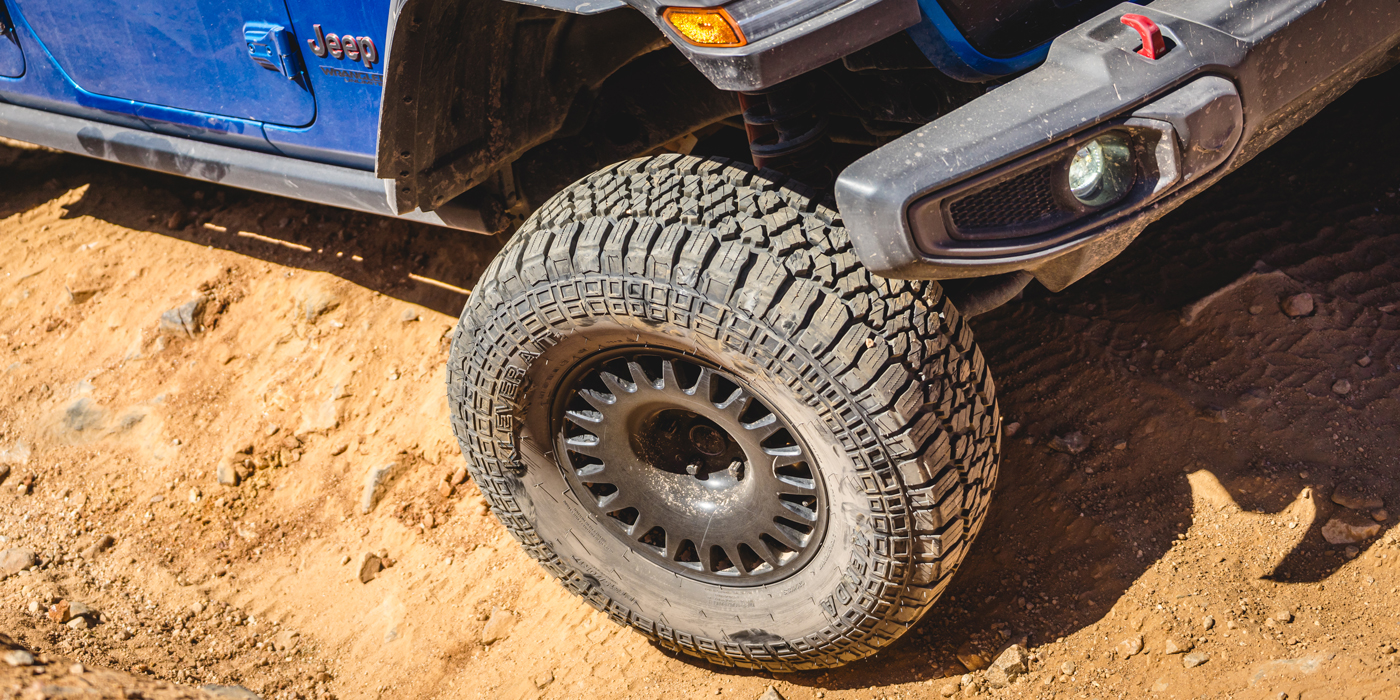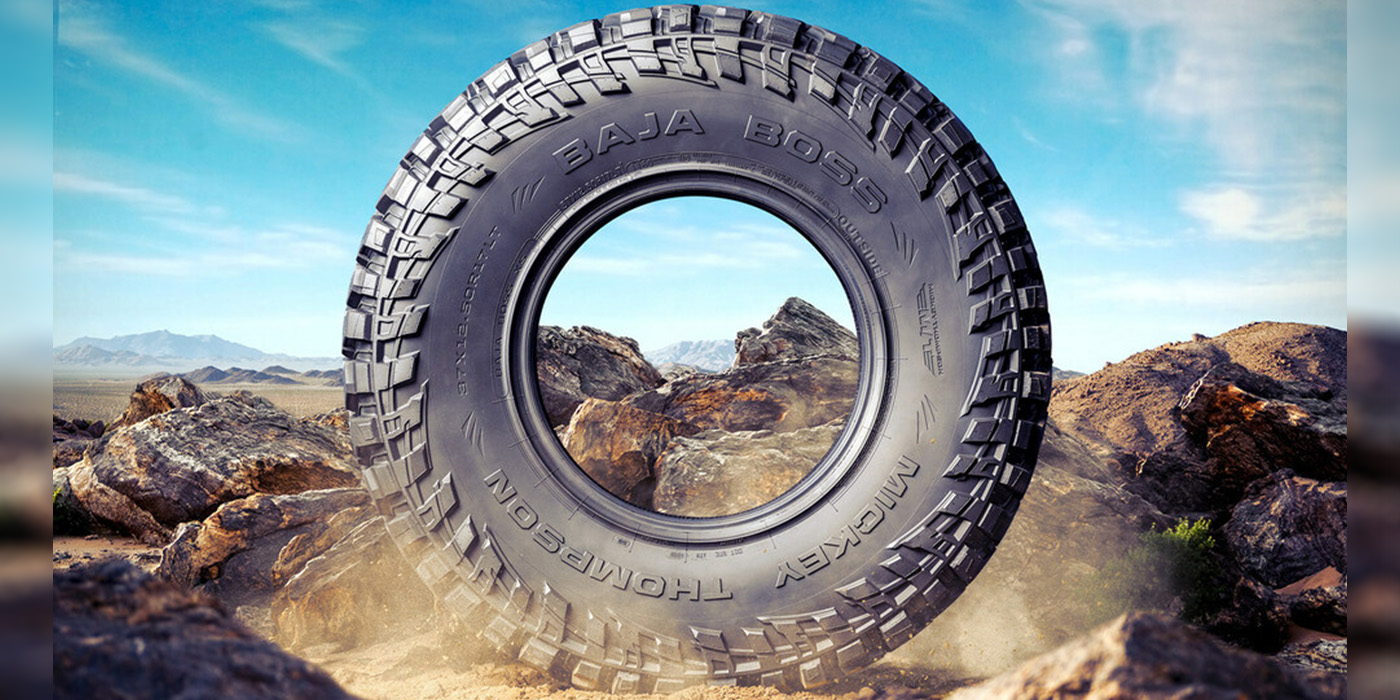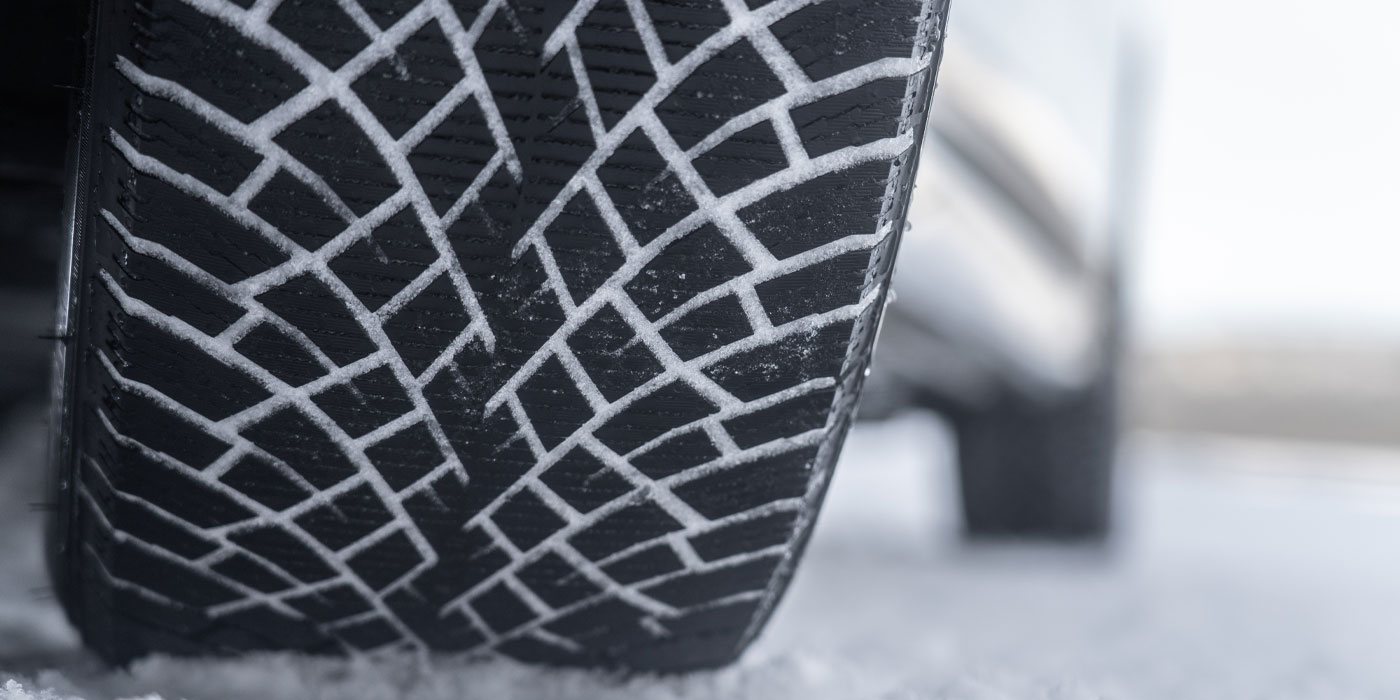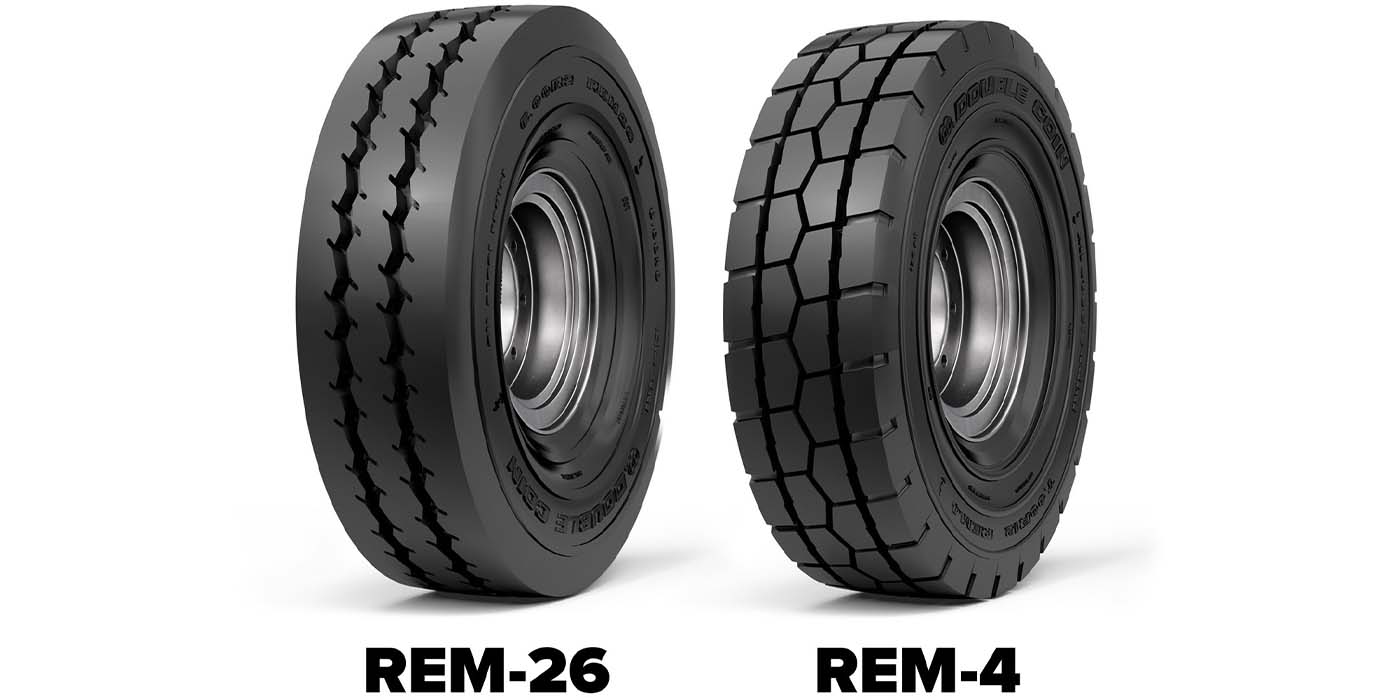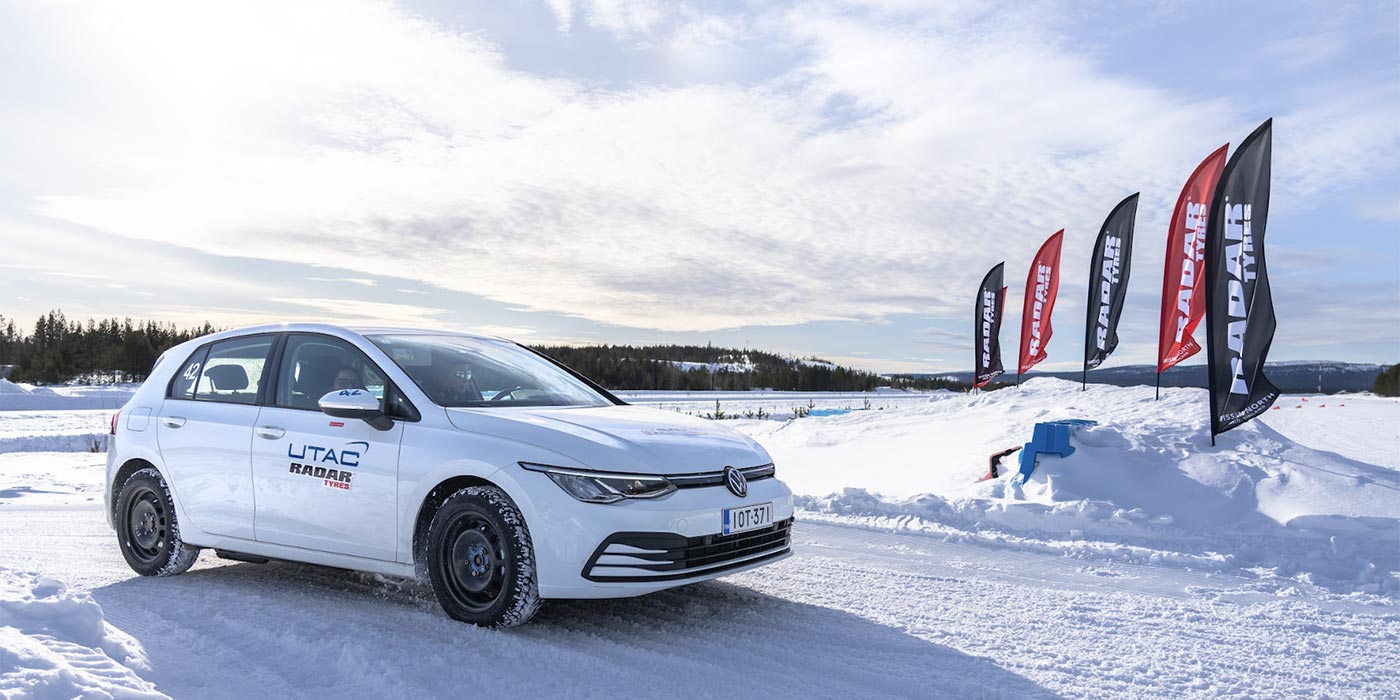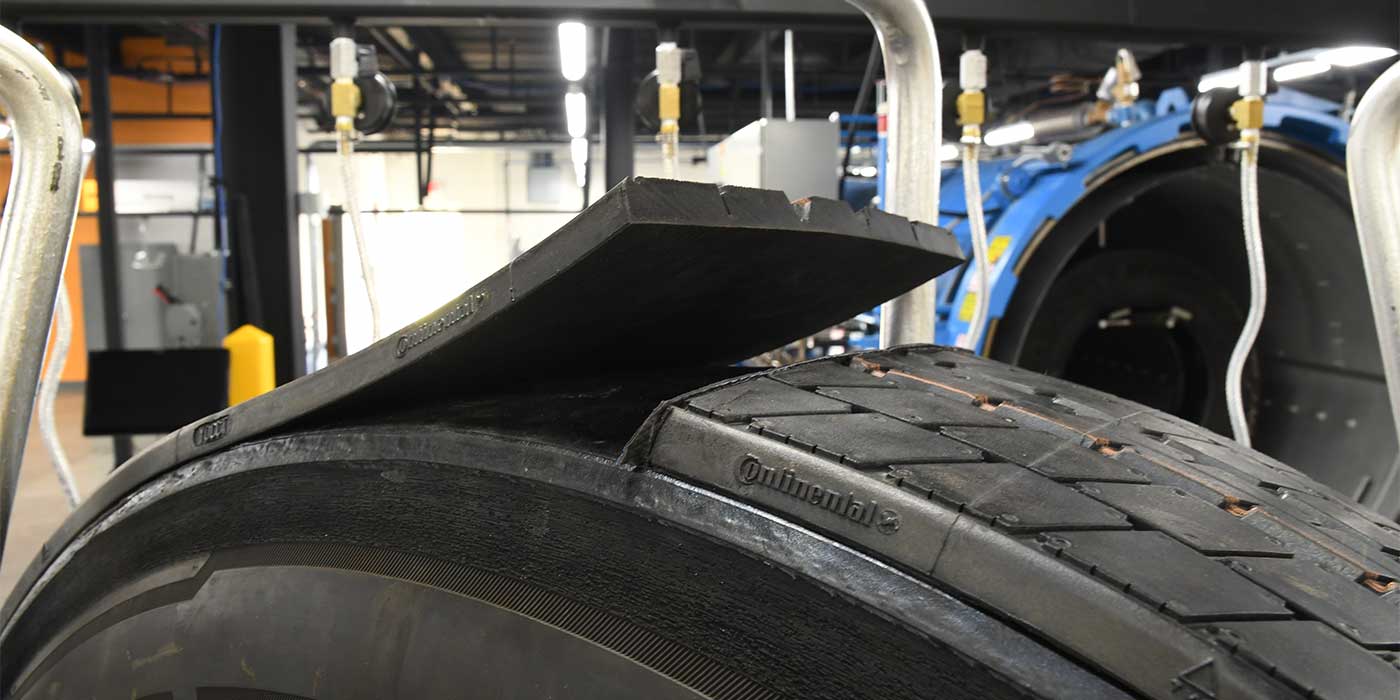Horsepower. You hear the word all the time. We apply it to nearly everything from automobiles to vacuum cleaners.
Ever wonder where it came from? The term “horsepower” was coined by an engineer named James Watt. He lived from 1736 to 1819 and is most famous for his work on improving the performance of steam engines. We still use the rating that he developed to compare the brightness of light bulbs. Did you catch his name?
While working with ponies lifting coal out of a mine, he wanted a way to describe the power available from one of these animals. He found that, on average, a pony could do 22,000 ft.-lbs. of work in a minute. He decided to increase that number by 50%, pegging his measurement of horsepower at 33,000 ft.-lbs. of work in one minute. Using that equation, a pony could pull 330 pounds over 100 feet in one minute. This arbitrary unit of measure has been embedded in our minds and society for centuries.
Selling Power
In the tire industry, when we talk about horsepower, we’re talking about cars and, more specifically, engines. If you want to know the horsepower of an engine, you hook the engine up to a dynamometer. A dynamometer places a load on the engine and measures the amount of power that the engine can produce against the load.
We use a chassis dynamometer to measure horsepower and torque at the wheel. This gives us a quantifiable measurement regarding not just brake horsepower, which is measured at the flywheel, but usable horsepower “where the rubber meets the road.” What dynamometers actually measure is torque in foot pounds of ft.-lbs. Then, you can convert torque into horsepower by simply multiplying torque by (rpm/5, 252).
Masses close to the axis of rotation have a small rotational mass, meaning they easily rotate. Masses further away from the axis of rotation are more difficult to spin.
To illustrate, if you place a 100-pound weight one foot away from the center, it will take 100 ft.-lbs. of torque to move it. If you move the same 100-pound weight out to two feet away from the center, it now requires 200 ft.-lbs. of torque to rotate it the same distance in the same amount of time.
Now, a customer who upgrades to larger tires and wheels could face a drop in horsepower because more torque (engine power) is required to turn the tire/wheel assembly. Why? Because a larger diameter wheel forces the drop-center portion of the wheel and the heavy steel bead in the tire further from the center.
To combat this parasitic loss of power, you might point to ultra lightweight wheels. They’re going to cost more, but to someone who just spent $1,000-$2,000 or more for upgrades, the extra few hundred bucks for lighter wheels should be a no-brainer. Of course, as the dealer, you have to know this information and appeal to the consumer’s competitive side.
Here are an easy comparison: American Racing offers the Motegi Racing line of wheels in a variety of styles and weight classes. The company offers a basic cast wheel, series 2071, which is 17×7 inches and weighs 24.5 pounds. The wholesale price is about $138 each.
By contrast, American Racing also has a 17×7-inch Trak_Lite wheel, series 2381, which weighs just 14 pounds.
All told, that a difference of 10.5 pounds per wheel – 42 on an all-wheel-drive vehicle. The price? Around $335 each. That’s $1,340 – plus the rubber – in your pocket. Get it?
A Revealing Experiment
To show you how heavier wheels impact horsepower, I took a slightly modified car with a V8 to the local performance shop and ran some numbers. The car had two-piece, forged center wheels that weighed about 19 pounds, substantially less than the 23-28 pounds for a one-piece cast aluminum wheel. The technician and I conducted several runs to establish a baseline that was repeatable. We recorded a maximum torque of 239.1 ft.-lbs. at 3,000 rpm.
To simulate a heavier wheel and keep everything else constant, I placed stick-on weights on the wheels. I was able to safely install 2.25 lbs. on each rear wheel, for a total of 4.5 lbs. This doesn’t seem like much, but consider the effect it had on the torque. The maximum torque dropped to 231.1 ft.-lbs. at 3,000 rpm. That’s the difference at maximum torque.
Look at 2,800 rpm. There is a 36 ft.-lbs. drop! As the rpm increased, the variation became smaller. But the impact was greatest in the critical range where you would typically launch.
This shows that you can spend a lot of money building horsepower and torque into a car, then give it up by installing less expensive heavy wheels instead of the lightweight wheels that are available.
Our experiment shows how a meager amount of weight impacts an engine built for low-end torque. An average 4- or 6-cylinder motor has to turn 4,000-6,000 rpms to get into the torque curve, so the drain of added weight is much more noticeable.
So, the next time a performance-minded customer tells you about all of the money he or she spent on the drivetrain, don’t be afraid to point out this vital detail. Those lighter weight wheels are another piece of the performance pie that you might as well enjoy.

